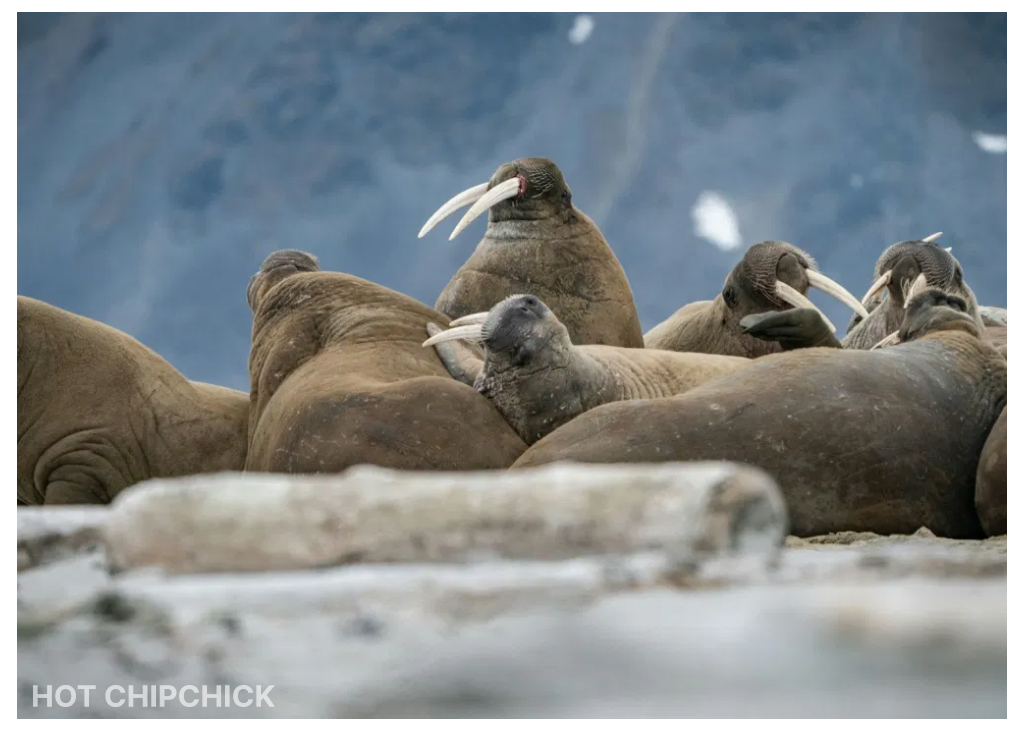Walruses are famous for their impressive tusks and distinctive, mustached faces. However, a newly identified species offers a unique twist on the traditional walrus appearance.
Discovered in the North Sea, the newly identified ancient walrus species is now extinct. This finding highlights the evolutionary adaptation of walruses into proficient suction feeders.
The ancient walrus, classified under the genus Ontocetus, was unearthed by a team of paleontologists headed by Dr. Mathieu Boisville from the University of Tsukuba in Japan.
This discovery has intrigued researchers due to its unexpected resemblances to today’s walrus.
Scientists identified the newly discovered species, Ontocetus posti, from fossils found in Lower Pleistocene deposits in Norwich, UK, and Antwerp, Belgium, within the North Atlantic region. They initially attributed these remains to the species Ontocetus emmonsi by mistake.
However, a detailed analysis uncovered a unique set of characteristics that validated its classification as a new species.
The key characteristics included four post-canine teeth, an enlarged lower canine, and a fused, shortened mandibular symphysis. The fused jaw structure, akin to that of contemporary walruses, enabled efficient suction feeding, allowing O. posti to extract mollusks from their shells. This adaptation highlights O. posti’s specialization in suction feeding.
Over millions of years, walruses evolved to master suction feeding. Their ancestors lost their teeth, and they replaced them with flattened, shell-scraping teeth. Today, walruses possess only their upper canines, which have transformed into the distinctive tusks we recognize.
The Ontocetus genus, initially emerging in the North Pacific Ocean, migrated to the Atlantic Ocean during the Mio-Pliocene transition. This significant movement was likely made possible by the Central American Seaway, a vital oceanic passage that facilitated their dispersal.
Walruses once flourished in their environment, but around three million years ago, a significant change occurred. The formation of the Isthmus of Panama between North and South America effectively blocked the seaway, altering the habitat and impacting the walrus population.

Global cooling started in the Late Pliocene epoch, causing a major sea level drop as water turned into polar ice.
Marine ecosystems faced severe disruptions, leading to the extinction of numerous walrus species, including O. posti. This species vanished during the Early Pleistocene, approximately 1.7 million years ago, paving the way for the evolution of the cold-adapted modern walrus.
Dr. James Rule, a seal and marine mammal specialist at the Natural History Museum, explains that walruses, such as Ontocetus, rely on shallow waters. These waters are essential for their feeding grounds. As sea levels decreased, these critical habitats gradually vanished.
New Animal Blog : Study Reveals How Chickens Use Clucks and Sounds to Communicate Their Emotions






